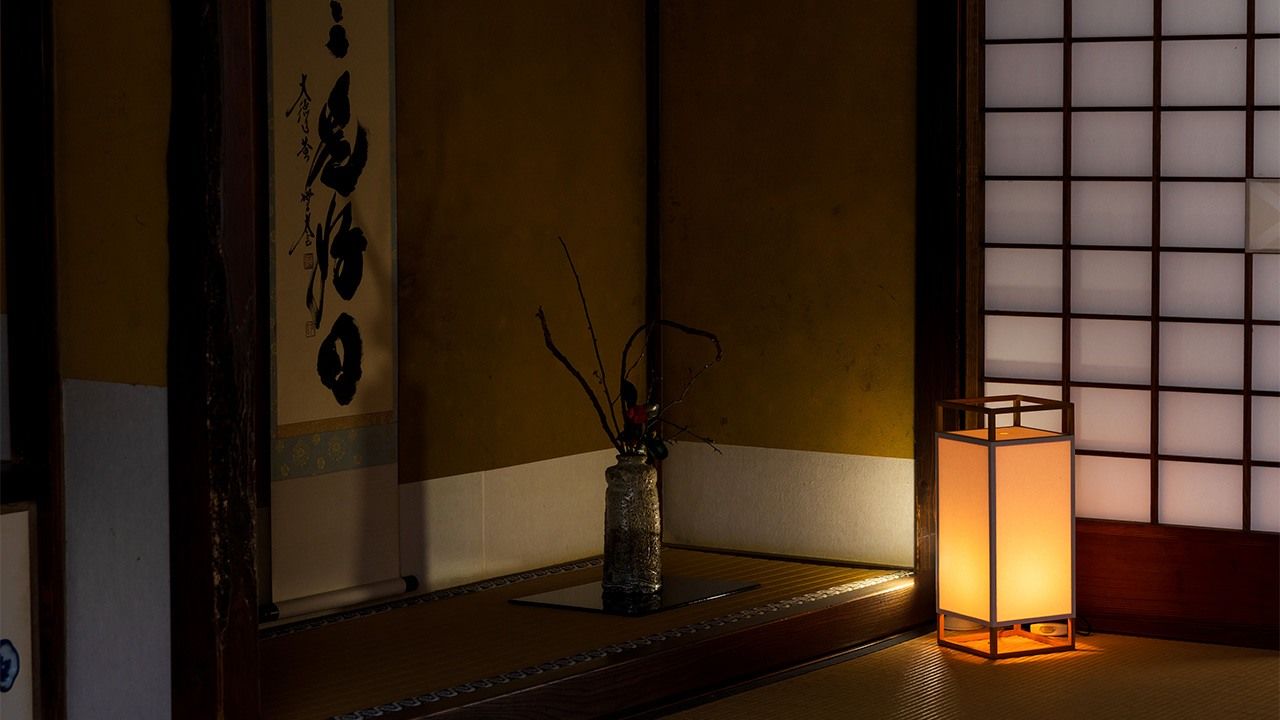
A Journey Through Japanese Haiku
Shamming Sleep
Culture Environment Lifestyle- English
- 日本語
- 简体字
- 繁體字
- Français
- Español
- العربية
- Русский
起て居てもう寝たと云夜寒哉 蕪村
Okiteite / mou neta to iu / yosamu kana
Still awake, but
I say I’m asleep—
chilly night(Poem by Buson, written in 1776.)
As temperatures drop in late autumn, the word yosamu describes a cold night just before the onset of winter. In this haiku, Buson imagines a speaker reluctant to move from where he is resting.
Some interpret the exchange as involving a night visitor, but it is better to see it as between husband and wife. Although called by his wife, the husband does not want to leave the warm room, or even move at all. Someone who was actually sleeping would not reply, so to say, “I’m asleep” is a humorous touch.
In discussing the haiku, Buson noted that the poetic form had grown too serious, saying that “it’s a shame that there’s a tendency to affected elegance. This is why I sometimes compose this sort of haiku.” It is true that the verse depicts a scene that is neither particularly elegant nor based on a specific source, but rather presents an everyday vignette to convey the feeling of a chilly night.
Buson has many haiku based around idleness. As a busy painter and writer, he may have dreamed of spending his time leisurely. The indolence is more advanced in another haiku when winter has truly arrived: Fuyugomori / tsuma ni mo ko ni mo / kakurenbō (Winter seclusion— / hiding away from / both wife and children). The word kakurenbō refers to the game “hide-and-seek,” meaning the husband does not reply to his wife’s calls this time. Here is a real lazybones, holing himself away in a room to warm himself at the brazier.
(Originally published in Japanese. Banner photo © Pixta.)
Related Tags
literature Yosa Buson haiku Japanese language and literature
